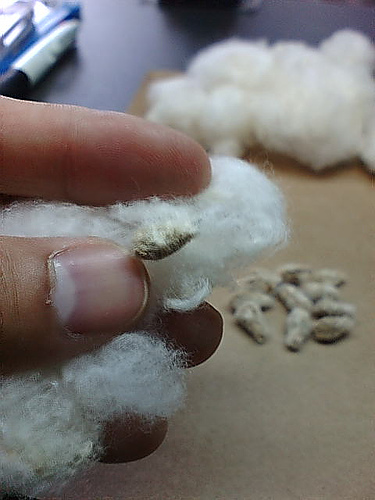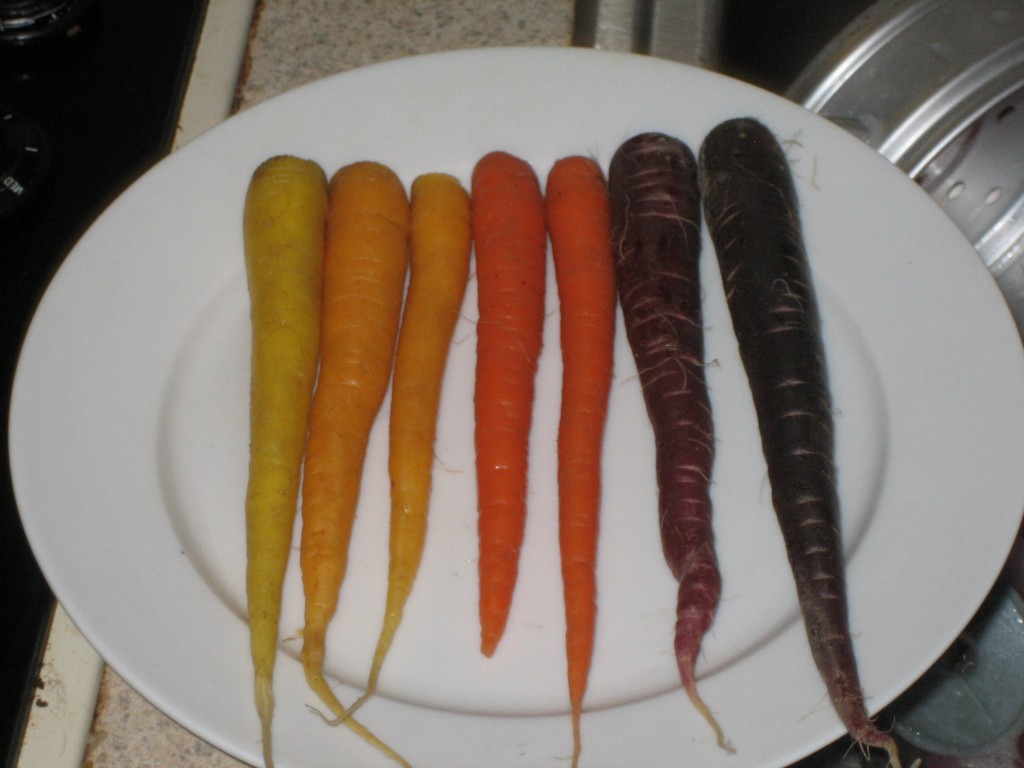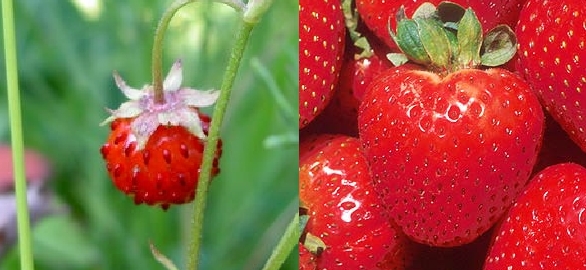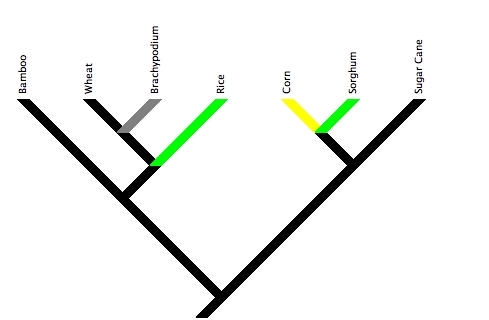Here’s an inspirational quote about science:
“It was believed impossible to create a blue rose, since roses lack the gene to produce the color blue. However, a Japanese company spent 14 years in research and finally succeeded in developing the world’s first blue rose. I explained to President Obama how this blue rose, which holds the meaning ‘to accomplish the impossible,’ was created and said, ‘Let us work together to accomplish the impossible.’”
-Japanese Prime Minister Yukio Hatoyama as quoted here (and boy will I feel silly if the whole story is a hoax)
“To accomplish the impossible”. When it comes to assigning meanings to flowers (as well as picking life goals), I’d call that a pretty good one.
The blue rose was actually developed by an Australian company called Florigene which has been acquired by a Japanese company called Suntory. I went into more detail about Florigene’s products here.




